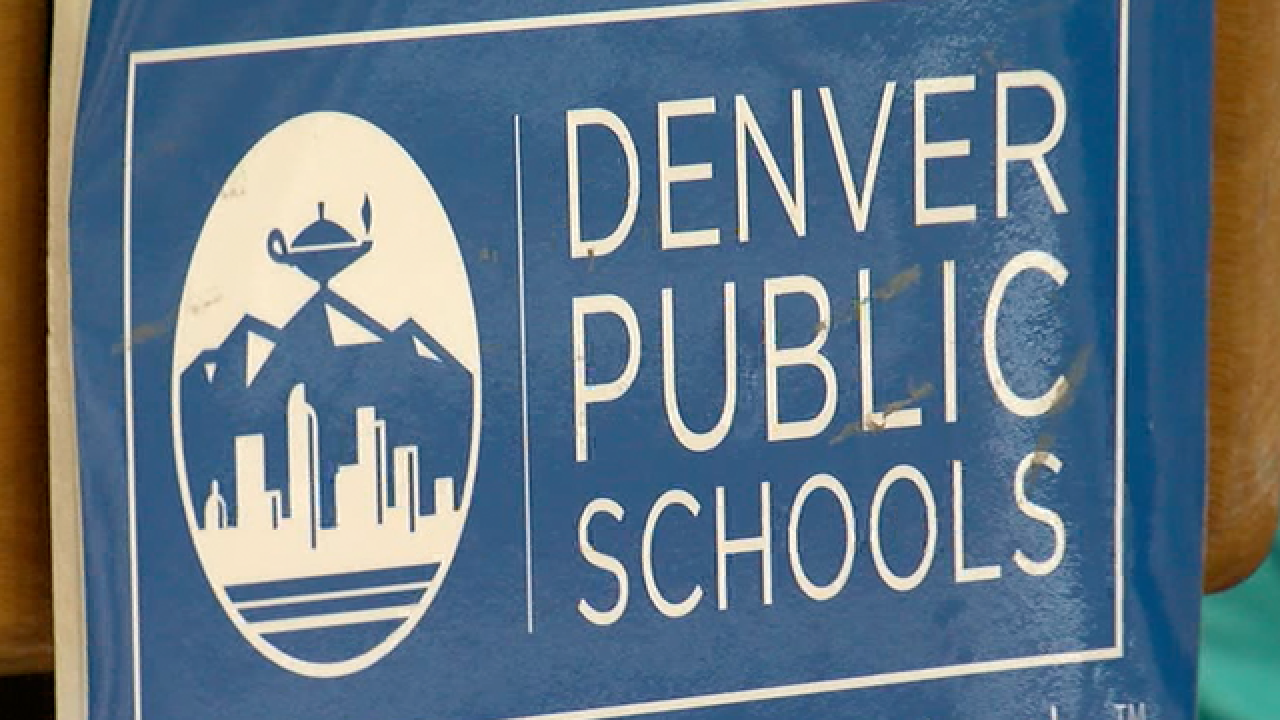DENVER — A new report shows schools within Denver Public Schools (DPS) are segregated by race and ethnicity, socioeconomic status and language, despite decades of efforts to integrate schools.
The authors of the study said the findings “indicate that school segregation is a pervasive problem in Denver Public Schools, impacts a majority of certain student populations such as Latino and English Learner students, represents disparate and at times inferior resources and designations, and reflects reduced student outcomes.”
The landmark Brown v. Board of Education ruling in 1954 deemed state-sanctioned racial segregation in public schools unconstitutional. The ruling impacted de jure segregation, or segregation outlined in a law. Years later, a case brought by eight DPS families turned the focus to de facto segregation, or segregation in practice.
In the 1960s, the DPS Board of Education manipulated school boundaries so Park Hill Elementary School would consist of predominantly white students, according to History Colorado. Wilfred C. Keyes, a Black resident in Park Hill, and seven others sued the school board in 1969, claiming the move violated their children's constitutional rights.
Craig Robert Peña’s family was among those who challenged the school district in court.
“My sister and I were named plaintiffs,” said Peña. “And our home school at that time was Park Hill Elementary, which was a focal point for the Keyes case.”
Federal District Judge William Doyle ruled in favor of the families, saying the changes violated the equal protection clause outlined in the 14th Amendment. That decision was appealed, and the 10th Circuit Court of Appeals overturned Doyle's ruling.
Eventually, Keyes v. School District No. 1 made its way to the U.S. Supreme Court. The defense argued that though one part of the district was guilty of segregation, it did not mean that the entire system was segregated.
In 1973, the Supreme Court voted 7-1 in favor of the families and determined the segregation at Park Hill schools indeed noted segregation within the entire district. What followed was two decades of busing students to integrate all DPS schools.
In 1995, a federal judge determined DPS had eliminated segregation to the extent possible, and the busing ended. But since then, many people, including the Latino Education Coalition, have suspected backsliding within the district.
The group commissioned a study, led by Dr. Kim Carrazco Strong with the BUENO Center for Multicultural Education at the University of Colorado Boulder. Peña, who now works with the Latino Education Coalition, served as the co-author of the study.
“We did find that Denver Public Schools is incredibly segregated,” he said.
The study found DPS was segregated by race and ethnicity, socioeconomic status and language.
“Although through my work I regularly explore challenges facing schools, this study in particular broke my heart. More than once, I had to fight back tears as the data began to tell a story of unequal school experiences based on ethnicity, class and language,” said Carrazco Strong.
Carrazco Strong said the study found “disparities of achievement” in students who attended segregated schools, no matter their background.
“So, for Latino students, Black students, students of color, white students, English learners, and even gifted and talented students, if they're attending segregated schools, their average four-year high school completion rates are below the district average,” said Carrazco Strong. “So, it's not just about demographics. It's about what's happening in these segregated schools.”
The authors found that Latino students, in particular, were more likely to attend segregated schools. According to the study, 47% of Latino students attend schools where students of color make up the majority of the population. Just over half (51%) of Latino students attend schools where most students come from lower-income families.
Meanwhile, the authors found only 4% of white students attend schools where the majority of the population are students of color, and only 8% of white students attend schools where the majority of students are from lower-socioeconomic backgrounds.
“We want to make sure that all the students in the school district and their families have an equitable education,” said Milo Marquez, chair of the Latino Education Coalition.
Marquez said that cannot happen if schools are segregated.
“What it's going to take is all of us working together to solve this problem,” he said.
The Latino Education Coalition is now working on a study to determine the causes of the resegregation.
DPS Superintendent Dr. Alex Marrero said the findings from this report were “painful,” but he was not surprised.
“It's not a result of the action of this current administration, although I am going to own it. I think that prior leadership has failed to do so,” said Marrero. “I also think that it's a series of local, regional, and societal-wide issues that have caused it. We all have suspicions. I definitely have some ideas in terms of what could be the causal factors, but I think that this is the necessary step forward.”
Marrero said finding the root causes could make people feel “a little bit uncomfortable.”
“We should feel uncomfortable for all the aforementioned reasons why," said the superintendent. "Having a diverse learning environment is helpful for all students. It translates into their adult life, as well in terms of where they decide to settle and set up shop."
As for Peña, he’s saddened there’s more work to be done.
“50 years later, it breaks my heart. It breaks my heart,” he said. "Our kids deserve better."





